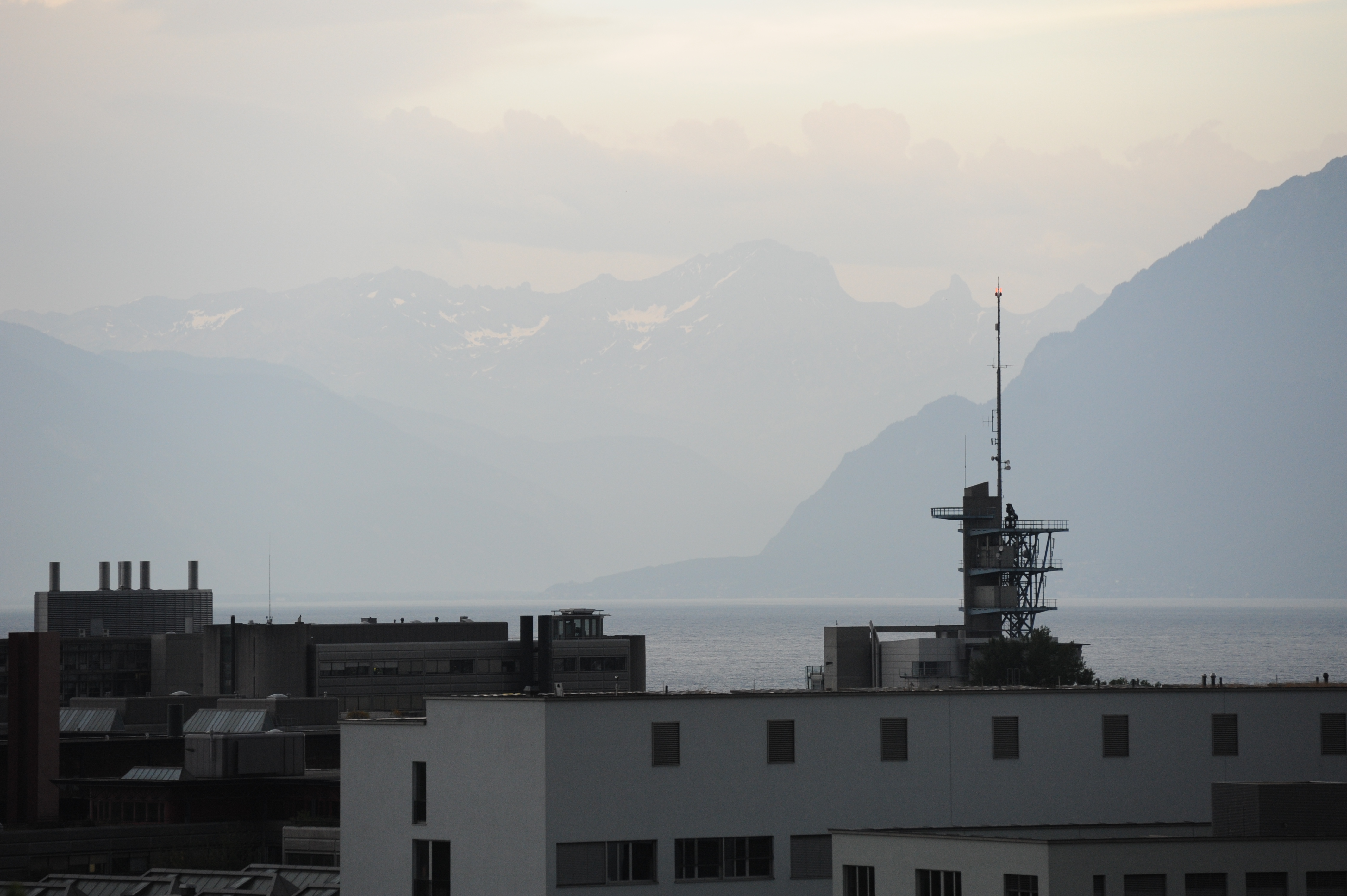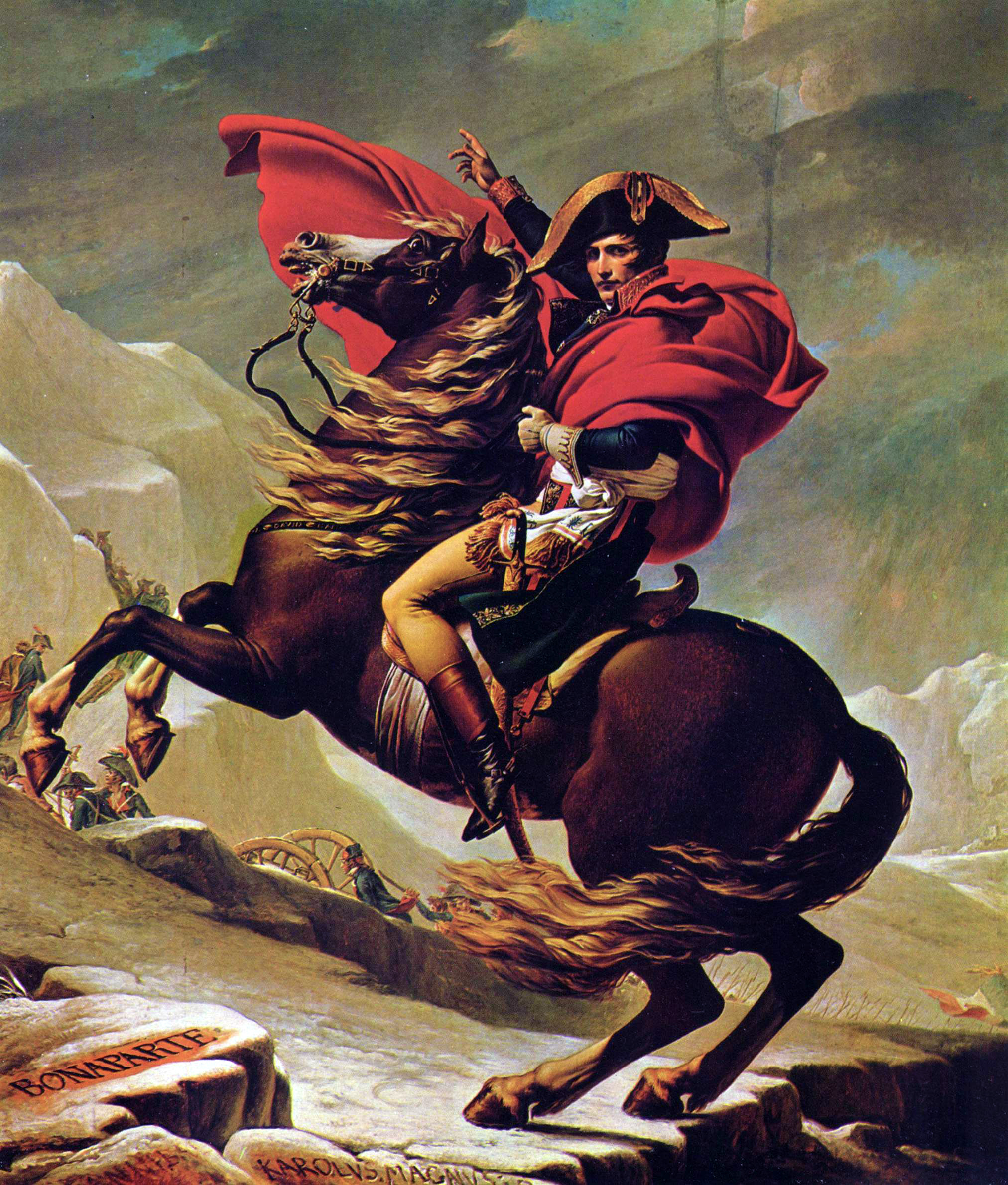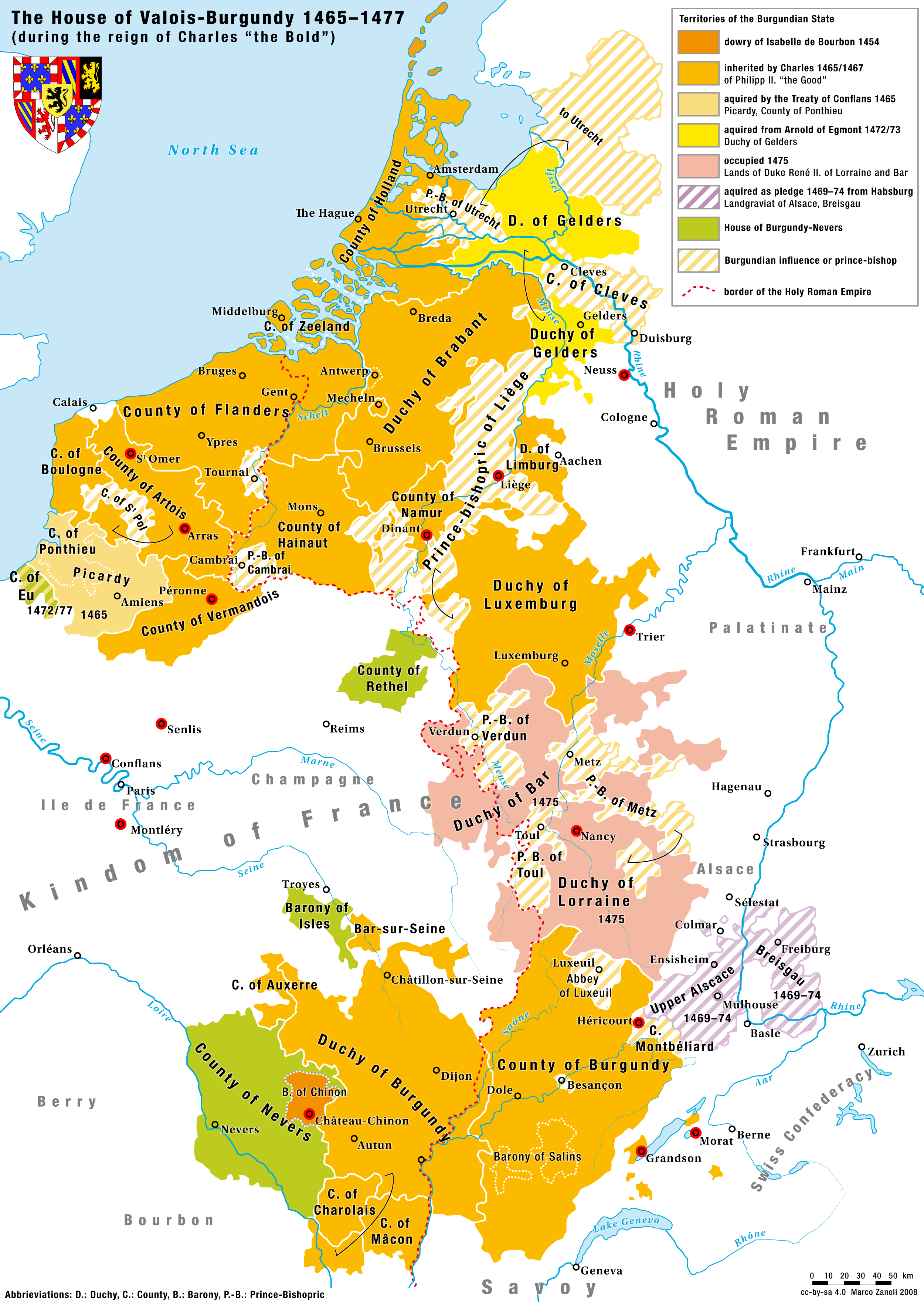|
Écublens, Vaud
Écublens () is a municipality in Switzerland in the canton of Vaud, located in the district of Ouest Lausannois. It is a suburb of Lausanne and is served by the Lausanne metro line 1 and several bus lines. The nearest train station is Renens. History A Hallstatt era grave was discovered in Dorigny. Three Bronze Age graves were found in Valeyre and several La Tène culture graves have been found in Bassenges and Valeyre. A motte (a raised earthen, fortified hill) of an unknown age is found at a place in the municipality which is known as ''Chateau-de-la-Motte''. A connection between the motte and nearby Roman era artifacts has not been established. Écublens is first mentioned around 958-59 as ''in villa Escublens''. In 964 it was mentioned as ''Scubilingis'' in a document recording the property of the cathedral of Lausanne. This document mentions that Scubilingis is situated near Renens. In the 10th century Écublens was part of the territory of Renens. Under Bernes ... [...More Info...] [...Related Items...] OR: [Wikipedia] [Google] [Baidu] [Amazon] |
Ouest Lausannois District
Ouest Lausannois District is a districts of Switzerland, district in the cantons of Switzerland, canton of Vaud, Switzerland. The seat of the district is Renens. Geography Ouest Lausannois has an area, , of . Of this area, or 24.5% is used for agricultural purposes, while or 13.6% is forested. Of the rest of the land, or 61.0% is settled (buildings or roads) and or 0.6% is unproductive land.Swiss Federal Statistical Office-Land Use Statistics 2009 data accessed 25 March 2010. Demographics Ouest Lausannois has a population () of . In there were 397 live births to Swiss citizens and 430 births to non-Swiss citizens, and in same time span there were 362 deaths of Swiss citizens and 75 non-Swiss citizen deaths. Ignoring immigration ...[...More Info...] [...Related Items...] OR: [Wikipedia] [Google] [Baidu] [Amazon] |
Switzerland In The Roman Era
The territory of modern Switzerland was a part of the Roman Republic and Empire An empire is a political unit made up of several territories, military outpost (military), outposts, and peoples, "usually created by conquest, and divided between a hegemony, dominant center and subordinate peripheries". The center of the ... for a period of about six centuries, beginning with the step-by-step conquest of the area by Roman armies from the 2nd century BC and ending with the Fall of the Western Roman Empire in the 5th century AD. The mostly Celts, Celtic tribes of the area were subjugated by successive Roman campaigns aimed at control of the strategic routes from Italy across the Alps to the Rhine and into Gaul, most importantly by Julius Caesar's defeat of the largest tribal group, the Helvetii, in the Gallic Wars in 58 BC. Under the ''Pax Romana'', the area was smoothly integrated into the prospering Empire, and its population Romanization (cultural), assimilated into ... [...More Info...] [...Related Items...] OR: [Wikipedia] [Google] [Baidu] [Amazon] |
World War II
World War II or the Second World War (1 September 1939 – 2 September 1945) was a World war, global conflict between two coalitions: the Allies of World War II, Allies and the Axis powers. World War II by country, Nearly all of the world's countries participated, with many nations mobilising all resources in pursuit of total war. Tanks in World War II, Tanks and Air warfare of World War II, aircraft played major roles, enabling the strategic bombing of cities and delivery of the Atomic bombings of Hiroshima and Nagasaki, first and only nuclear weapons ever used in war. World War II is the List of wars by death toll, deadliest conflict in history, causing World War II casualties, the death of 70 to 85 million people, more than half of whom were civilians. Millions died in genocides, including the Holocaust, and by massacres, starvation, and disease. After the Allied victory, Allied-occupied Germany, Germany, Allied-occupied Austria, Austria, Occupation of Japan, Japan, a ... [...More Info...] [...Related Items...] OR: [Wikipedia] [Google] [Baidu] [Amazon] |
Parish
A parish is a territorial entity in many Christianity, Christian denominations, constituting a division within a diocese. A parish is under the pastoral care and clerical jurisdiction of a priest#Christianity, priest, often termed a parish priest, who might be assisted by one or more curates, and who operates from a parish church. Historically, a parish often covered the same geographical area as a Manorialism, manor. Its association with the parish church remains paramount. By extension the term ''parish'' refers not only to the territorial entity but to the people of its community or congregation as well as to church property within it. In England this church property was technically in ownership of the parish priest ''Ex officio member, ex officio'', vested in him on his institution to that parish. Etymology and use First attested in English in the late 13th century, the word ''parish'' comes from the Old French , in turn from , the Romanization of Greek, Romanisation of ... [...More Info...] [...Related Items...] OR: [Wikipedia] [Google] [Baidu] [Amazon] |
Protestant Reformation
The Reformation, also known as the Protestant Reformation or the European Reformation, was a time of major theological movement in Western Christianity in 16th-century Europe that posed a religious and political challenge to the papacy and the authority of the Catholic Church. Towards the end of the Renaissance, the Reformation marked the beginning of Protestantism. It is considered one of the events that signified the end of the Middle Ages and the beginning of the early modern period in Europe. The Reformation is usually dated from Martin Luther's publication of the '' Ninety-five Theses'' in 1517, which gave birth to Lutheranism. Prior to Martin Luther and other Protestant Reformers, there were earlier reform movements within Western Christianity. The end of the Reformation era is disputed among modern scholars. In general, the Reformers argued that justification was based on faith in Jesus alone and not both faith and good works, as in the Catholic view. In the ... [...More Info...] [...Related Items...] OR: [Wikipedia] [Google] [Baidu] [Amazon] |
Italian Campaigns Of The French Revolutionary Wars
The Italian campaigns of the French Revolutionary Wars (1792–1801) were a series of conflicts fought principally in Northern Italy between the French Revolutionary Army and a Coalition of Austria, Russia, Piedmont-Sardinia, and a number of other Italian states. The campaign of 1796-1797 brought prominence to Napoleon Bonaparte, a young, largely unknown commander, who led French forces to victory over numerically superior Austrian and Sardinian armies. First Coalition (1792–1797) The War of the First Coalition broke out in autumn 1792, when several European powers formed an alliance against Republican France. The first major operation was the annexation of the County of Nice and the Duchy of Savoy (both states of the Kingdom of Piedmont-Sardinia) by 30,000 French troops. This was reversed in mid-1793, when the Republican forces were withdrawn to deal with a revolt in Lyon, triggering a counter-invasion of Savoy by the Kingdom of Piedmont-Sardinia (a member of the Fi ... [...More Info...] [...Related Items...] OR: [Wikipedia] [Google] [Baidu] [Amazon] |
Great St Bernard Pass
The Great St Bernard Pass (, , ; ) is the third highest road pass in Switzerland, at an elevation of . It connects Martigny in the canton of Valais in Switzerland with Aosta in the region Aosta Valley in Italy. It is the lowest pass lying on the ridge between the two highest mountains of the Alps, Mont Blanc and Monte Rosa. It is located on the main watershed that separates the basin of the RhĂ´ne from that of the Po. Great St Bernard is one of the most ancient passes through the Western Alps, with evidence of use as far back as the Bronze Age and surviving traces of a Roman road. In 1800, Napoleon's army used the pass to enter Italy, an event depicted in Jacques-Louis David's '' Napoleon at the Saint-Bernard Pass'' and Paul Delaroche's '' Bonaparte Crossing the Alps'', both notable oil paintings. Having been bypassed by easier and more practical routes, particularly the Great St Bernard Tunnel, a road tunnel which opened in 1964, its value today is mainly historical and ... [...More Info...] [...Related Items...] OR: [Wikipedia] [Google] [Baidu] [Amazon] |
Napoleon
Napoleon Bonaparte (born Napoleone di Buonaparte; 15 August 1769 – 5 May 1821), later known by his regnal name Napoleon I, was a French general and statesman who rose to prominence during the French Revolution and led Military career of Napoleon, a series of military campaigns across Europe during the French Revolutionary and Napoleonic Wars from 1796 to 1815. He led the French First Republic, French Republic as French Consulate, First Consul from 1799 to 1804, then ruled the First French Empire, French Empire as Emperor of the French from 1804 to 1814, and briefly again in 1815. He was King of Italy, King of Kingdom of Italy (Napoleonic), Italy from 1805 to 1814 and Protector of the Confederation of the Rhine, Protector of the Confederation of the Rhine from 1806 to 1813. Born on the island of Corsica to a family of Italian origin, Napoleon moved to mainland France in 1779 and was commissioned as an officer in the French Royal Army in 1785. He supported the French Rev ... [...More Info...] [...Related Items...] OR: [Wikipedia] [Google] [Baidu] [Amazon] |
Battle Of Morat
The Battle of Morat took place during the Burgundian Wars (1474–1477) that was fought on 22 June 1476 between Charles the Bold, the Duke of Burgundy, and a Swiss Confederation army at Morat ( Murten), about 30 kilometres from Bern Bern (), or Berne (), ; ; ; . is the ''de facto'' Capital city, capital of Switzerland, referred to as the "federal city".; ; ; . According to the Swiss constitution, the Swiss Confederation intentionally has no "capital", but Bern has gov .... The result was a crushing defeat for the Burgundians at the hands of the Swiss. See also * Battles of the Old Swiss Confederacy References Further reading * * Winkler, Albert (2010)"The Battle of Murten: The Invasion of Charles the Bold and the Survival of the Swiss States,"''Swiss American Historical Society Review,'' vol.46, no. 1, pp. 8–34. External linksPanorama of the Battle of Morat [...More Info...] [...Related Items...] OR: [Wikipedia] [Google] [Baidu] [Amazon] |
Battle Of Grandson
The Battle of Grandson was fought on 2 March 1476, during the Burgundian Wars, and resulted in a major defeat for Charles the Bold, Duke of Burgundian State, Burgundy, at the hands of the Old Swiss Confederacy. Background In 1475, the town of Grandson, Switzerland, Grandson in Vaud, which belonged to Charles the Bold's ally Jacques of Savoy, Count of Romont, Jacques of Savoy, had been brutally taken by the Old Swiss Confederacy, led by the Canton of Bern. After negotiations for the restitution of Vaud failed in January 1476, Charles left Lorraine with the bulk of his army, consisting of about 12,000 men, and advanced through the Jura Mountains towards Vaud. After seizing Yverdon, his army on 21 February captured the town of Grandson and laid siege to Grandson Castle, which surrendered on 28 February. Execution of Grandson Castle garrison After the surrender of Grandson Castle, Charles had its garrison executed by execution by drowning, drowning in Lake Neuchâtel or hangin ... [...More Info...] [...Related Items...] OR: [Wikipedia] [Google] [Baidu] [Amazon] |
Charles The Bold
Charles Martin (10 November 1433 – 5 January 1477), called the Bold, was the last duke of Burgundy from the House of Valois-Burgundy, ruling from 1467 to 1477. He was the only surviving legitimate son of Philip the Good and his third wife, Isabella of Portugal. As heir and as ruler, Charles vied for power and influence with rivals such as his overlord, King Louis XI of France. In 1465 Charles led a successful revolt of Louis's vassals in the War of the Public Weal. After becoming the Duke of Burgundy in 1467, Charles pursued his ambitions for a kingdom, independent from France, that would stretch contiguously from the North Sea in the north to the borders of Savoy in the south. For this purpose, he acquired Guelders and Upper Alsace; sought the title King of the Romans; and gradually became an enemy of the Germans. Charles married Margaret of York for an English alliance. He arranged the betrothal between his sole child, Mary, with Maximilian of Austria. A passiona ... [...More Info...] [...Related Items...] OR: [Wikipedia] [Google] [Baidu] [Amazon] |
Parish Church
A parish church (or parochial church) in Christianity is the Church (building), church which acts as the religious centre of a parish. In many parts of the world, especially in rural areas, the parish church may play a significant role in community activities, often allowing its premises to be used for non-religious community events. The Church architecture, church building reflects this status, and there is considerable variety in the size and style of parish churches. Many villages in Europe have churches that date back to the Middle Ages, but all periods of architecture are represented. Catholic Church Each diocese (administrative unit, headed by a bishop) is divided into parishes. Normally, a parish consists of all Catholics living within its geographically defined area. Within a diocese, there can also be overlapping parishes for Catholics belonging to a particular rite, language, nationality, or community. Each parish has its own central church called the parish church, ... [...More Info...] [...Related Items...] OR: [Wikipedia] [Google] [Baidu] [Amazon] |









